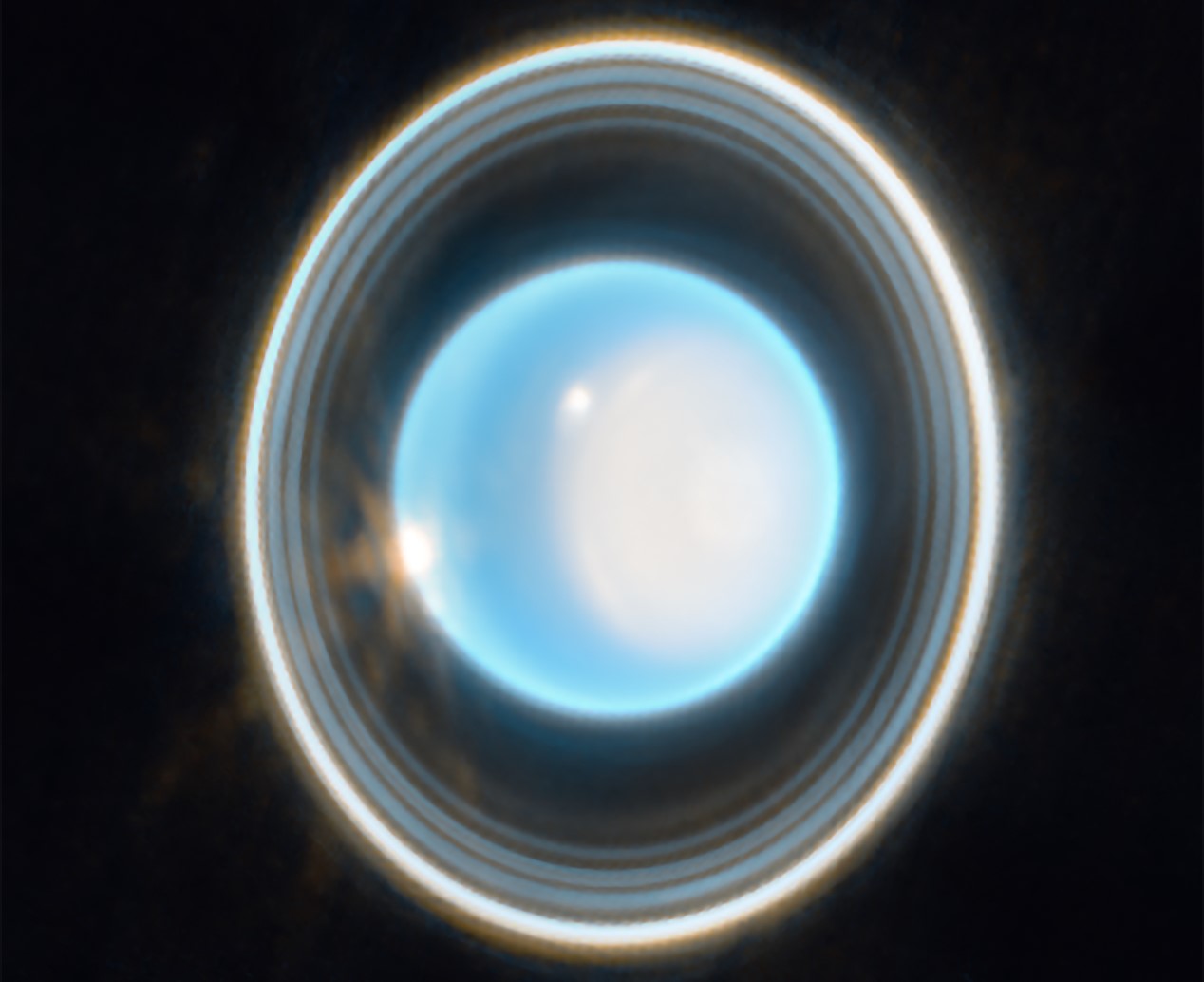It's almost unbelievable that it was discovered as early as 1781, yet here we are in 2024 and we've only sent one spacecraft to explore Uranus. Voyager 2 is the only spacecraft to have taken close-up pictures of Uranus (and Neptune), but we haven't been back since they visited in 1986. The Hubble Space Telescope and the James Webb Space Telescope have taken great pictures, of course, but we still have a lot to learn about them.
The discovery of Uranus was accidental. British astronomer William Herschel studied stars that were too faint to be seen with the naked eye. the The universe today According to him, a star caught his attention because it seemed to be moving instead of a fixed point. Therefore, assume that it is closer than the more distant background stars. He initially thought it was a comet, but soon realized it was a new planet. It was Uranus.
Understanding Uranus can help with many other things
Our knowledge of the blue giant was very limited until the advent of space exploration, especially the Voyager probes. Voyager 2 was launched on August 20, 1977. After flybys of Jupiter and Saturn in 1979 and 1981, it also visited Uranus in 1986. Voyager 2 discovered a world lacking internal heat, a warmer-than-expected thermosphere, and an off-axis magnetic field. Aside from that, Uranus sits quietly minding its own business, and since then it can also be observed from here using our best space telescopes.
However, there are still many questions and doubts surrounding the seventh planet in the solar system. From the nature of its interior to interactions with the magnetic field to the mechanisms that shaped the planet as it is today, many things still need to be answered. There is no doubt that a targeted mission would greatly enhance the learning process about the planet.
A mission that can observe Uranus over the long term would be invaluable in revealing more details about its atmosphere. About how the planet formed and how it migrated in the solar system, how the atmosphere contributed to the evolution of the planet, and what processes occur in its atmosphere.
Solving the puzzle will not only help us understand the nature of Uranus, but it will also help us understand how the solar system and other planetary systems formed.
The scientific community supports not only sending a spacecraft to Uranus, but also sending a probe that can make long-term measurements and observations. Presentations from the National Academies of Sciences, Engineering, and Medicine (NASEM) highlight important areas that may finally help unlock some of Uranus' secrets.
Worth reading:












































